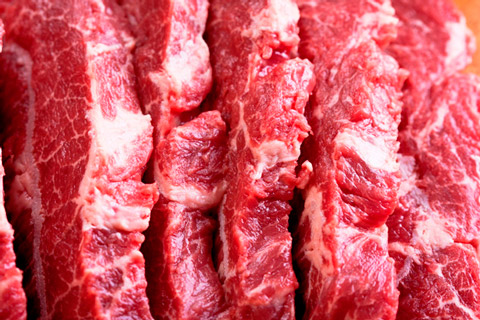EU beef production falls
Beef production in the European Union in the first eight months of the year decreased by 1 per cent to 4.4 million tons. Ireland was the main contributor to this decline (-8 per cent) from the same period a year ago, although Germany, Poland and Belgium also reported declines in beef production.

Spain, on the other hand, showed a notable increase in production, up 6 per cent. Figures for the EU’s largest beef producer, France, were virtually unchanged on the year. 14.9 million cattle and calves were slaughtered, virtually unchanged versus the same period a year ago.
The European Commission forecasts that cattle slaughter will have increased in the second half of the year, considering the pull of high cattle prices and push of increasingly expensive feed costs. Total-year production is therefore forecast at -0.5 per cent from 2020. For 2022, production is expected to contract further. EU beef exports for Jan-Aug grew by 1 per cent to 137,000 tons, driven by growth to Norway and Bosnia & Herzegovina. There was also growth further east: to Japan, the Philippines and Hong Kong.
Meantime, imports have declined by 12 per cent, totaling 298,000 tons. This was largely driven by less beef imported from the UK. Smaller shipments also came from Argentina and Australia, while more beef was shipped in from Uruguay. Cattle supplies are tighter globally, which will be limiting volumes from key areas.
EU beef trade is expected to recover by the year-end, as export growth is forecast to continue, and EU foodservice markets reopen and require more imported beef. However, recent COVID-19 measures and new lockdowns in some areas may upset this forecast somewhat.
Source: meatinfo